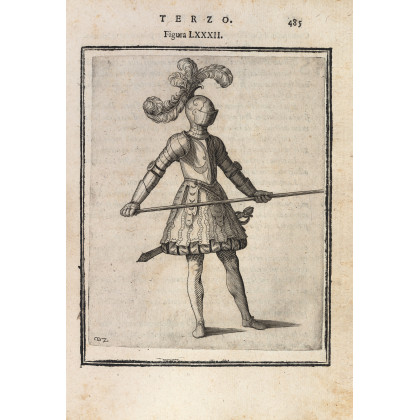568 pp. Includes technical and aesthetic essays, reviews, camera club announcements, and over 150 photogravures and other illustrations including a hand-pulled photogravure from a photograph by Alfred Stieglitz Notably, the volume includes a promotional sample -- Stieglitz's photograph "At Lake Como" (1887) which was made in 1895 on matt surface Velox photographic paper and inserted into the December issue. (8vo) 23.5x16 cm (9¼x6¼"), disbound. First Edition. Featuring a very early gelatin silver print—printed on Velox photographic paper. Photo Seed describes this photograph as follows: "This promotional sample of the Stieglitz photograph At Lake Como...was made in 1895 on matt surface Velox photographic paper and inserted into the December, 1895 issue of The American Amateur Photographer." It was printed by the Nepera Chemical Company, founded in 1891 in Nepera Park, (Yonkers) New York by Belgian immigrant Leo Baekeland (1863-1944). Velox, the first commercially successful photographic paper invented in 1893, was aptly named for the Latin word meaning swift or rapid, and was coated with gelatin silver chloride emulsion which allowed it to be developed with artificial light sources. Gaslight was an early illuminating source used to print it, and versions of the Velox brand after the Nepera Company was purchased by Eastman Kodak in 1899 advertised “Prints by Gaslight” on Velox packaging. Although the baryta layer plays an important part in the manufacture of smooth and glossy prints, the baryta paper of the 1890s did not produce the lustrous or glossy print surface that became the standard for fine art photography in the twentieth century. Matting agents, textured papers, and thin baryta layers that were not heavily calendering produced a low-gloss and textured appearance. The higher gloss papers first became popular in the 1920s and 30s as photography transitioned from pictorialism into modernism, photojournalism, and “straight” photography.
568 pp. Includes technical and aesthetic essays, reviews, camera club announcements, and over 150 photogravures and other illustrations including a hand-pulled photogravure from a photograph by Alfred Stieglitz Notably, the volume includes a promotional sample -- Stieglitz's photograph "At Lake Como" (1887) which was made in 1895 on matt surface Velox photographic paper and inserted into the December issue. (8vo) 23.5x16 cm (9¼x6¼"), disbound. First Edition. Featuring a very early gelatin silver print—printed on Velox photographic paper. Photo Seed describes this photograph as follows: "This promotional sample of the Stieglitz photograph At Lake Como...was made in 1895 on matt surface Velox photographic paper and inserted into the December, 1895 issue of The American Amateur Photographer." It was printed by the Nepera Chemical Company, founded in 1891 in Nepera Park, (Yonkers) New York by Belgian immigrant Leo Baekeland (1863-1944). Velox, the first commercially successful photographic paper invented in 1893, was aptly named for the Latin word meaning swift or rapid, and was coated with gelatin silver chloride emulsion which allowed it to be developed with artificial light sources. Gaslight was an early illuminating source used to print it, and versions of the Velox brand after the Nepera Company was purchased by Eastman Kodak in 1899 advertised “Prints by Gaslight” on Velox packaging. Although the baryta layer plays an important part in the manufacture of smooth and glossy prints, the baryta paper of the 1890s did not produce the lustrous or glossy print surface that became the standard for fine art photography in the twentieth century. Matting agents, textured papers, and thin baryta layers that were not heavily calendering produced a low-gloss and textured appearance. The higher gloss papers first became popular in the 1920s and 30s as photography transitioned from pictorialism into modernism, photojournalism, and “straight” photography.



.jpg)
.jpg)
.jpg)

.jpg)
.jpg)






Testen Sie LotSearch und seine Premium-Features 7 Tage - ohne Kosten!
Lassen Sie sich automatisch über neue Objekte in kommenden Auktionen benachrichtigen.
Suchauftrag anlegen